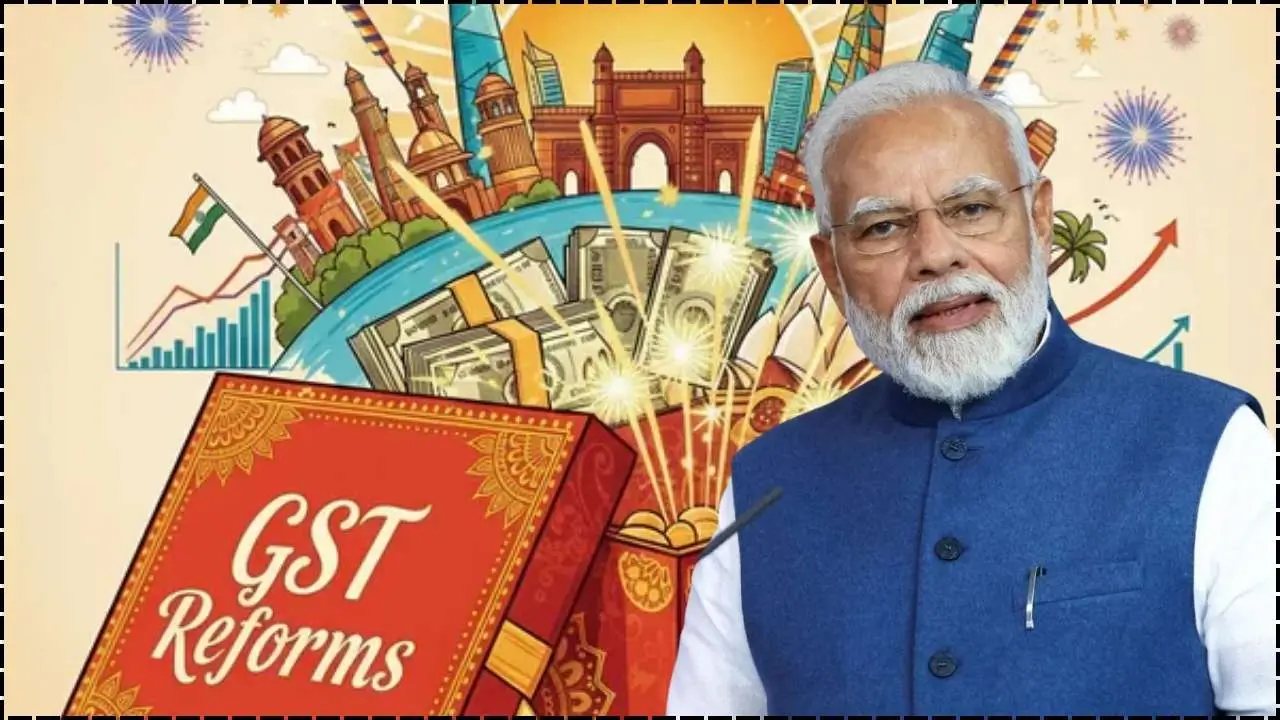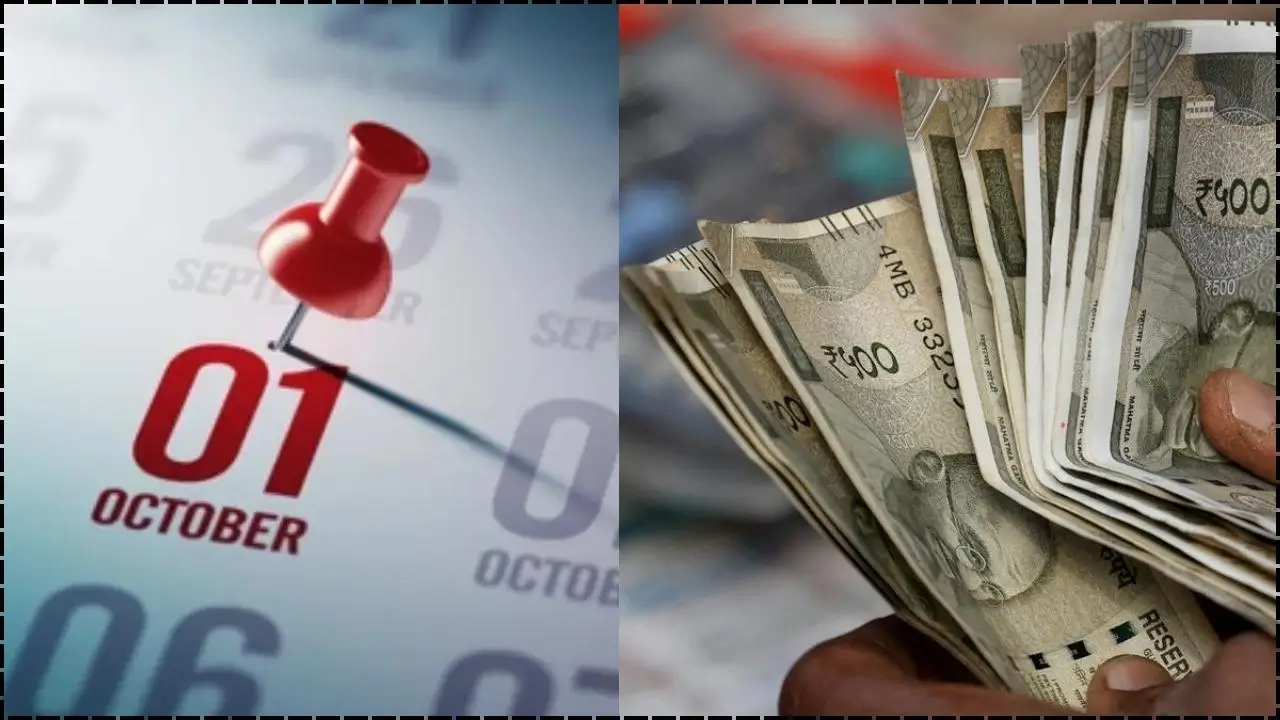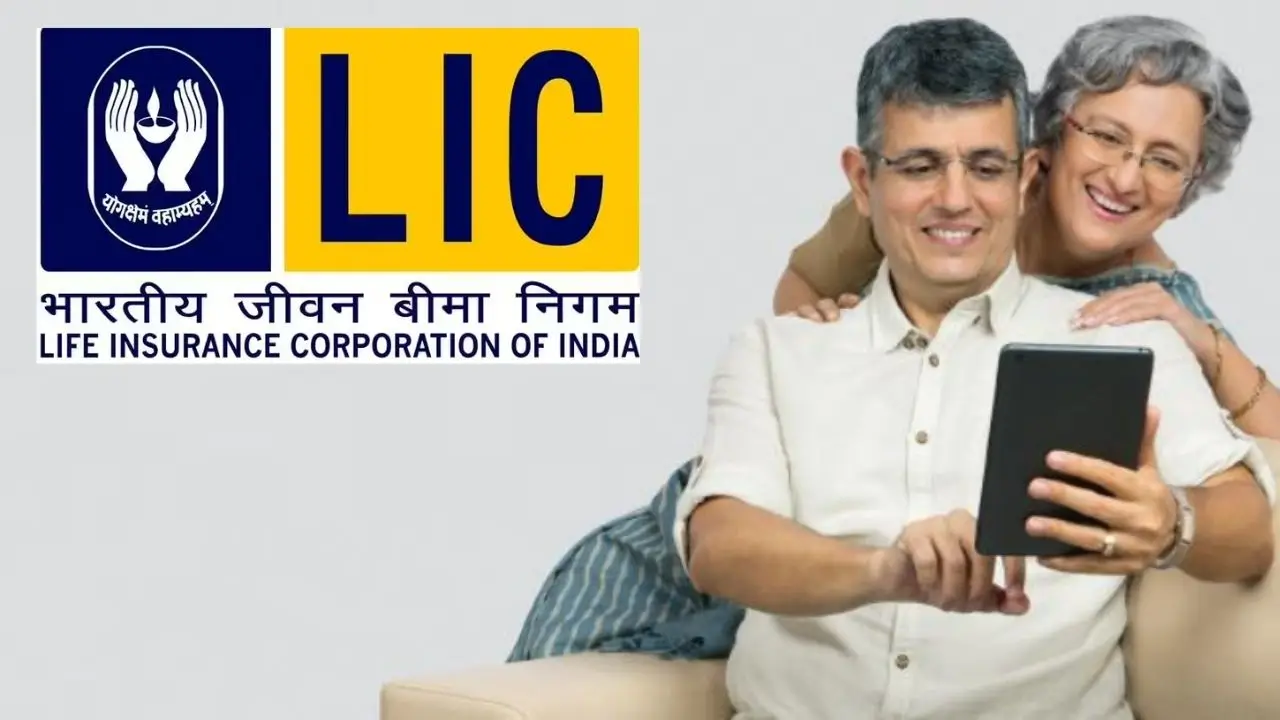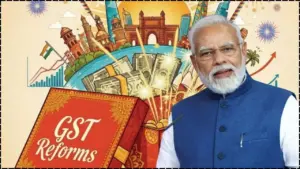In a country like India, where millions of people still struggle to achieve financial security, government schemes can serve as lifelines for the underprivileged and middle-class families. Among these, Pradhan Mantri Awas Yojana (PMAY) stands out, providing affordable housing solutions to millions of Indians.
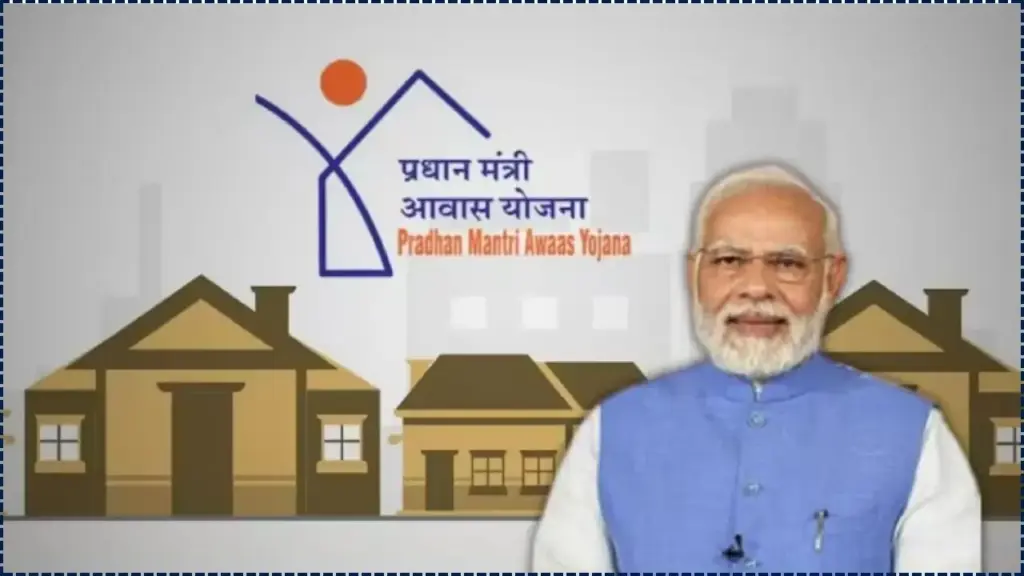
But PMAY is just one of many government programs designed to foster financial freedom and stability for citizens across various sectors. Whether you’re looking to purchase a house, start a business, or secure your retirement, India’s government offers several schemes that can help pave the way to financial freedom.
Table of Contents
Pradhan Mantri Awas Yojana
| Scheme Name | Target Group | Key Benefit | Eligibility |
|---|---|---|---|
| Pradhan Mantri Awas Yojana (PMAY) | Urban and rural poor, EWS, LIG, MIG | Subsidized home loans, interest subsidies | Income below ₹18 lakh |
| Pradhan Mantri Mudra Yojana (PMMY) | Micro and small business owners | Loan up to ₹10 lakh for small businesses | Individuals with business proposals |
| PM Jan Dhan Yojana (PMJDY) | Economically weaker sections, rural areas | Zero balance bank accounts, financial literacy | Indian citizens, especially rural areas |
| PM Kisan Samman Nidhi (PM-KISAN) | Small farmers | ₹6,000 annual direct income support | Small and marginal farmers |
| Atal Pension Yojana (APY) | Workers in unorganized sectors | Pension scheme with guaranteed monthly returns | 18-40 years, with a bank account |
| Sukanya Samriddhi Yojana (SSY) | Parents of a girl child | Tax-free savings for the girl child’s education and marriage | Girl child below 10 years |
Financial freedom doesn’t have to be a distant dream. With government-backed schemes like PMAY, PMJDY, Atal Pension Yojana, and others, you can unlock a path to stability and prosperity. Whether you want to buy a home, save for retirement, or start a business, these schemes offer practical, accessible solutions for a brighter future.
By understanding eligibility criteria, benefits, and how to apply, you can take full advantage of these opportunities and build a solid financial foundation for you and your family.
Pradhan Mantri Awas Yojana: Affordable Housing for All
The Pradhan Mantri Awas Yojana (PMAY) was launched in 2015 with the vision to provide affordable housing for all by 2025. The scheme provides subsidized home loans, primarily for Economically Weaker Sections (EWS), Low-Income Groups (LIG), and Middle-Income Groups (MIG). It is split into two parts:
- PMAY-Urban (PMAY-U): Focuses on urban poor, including slum dwellers.
- PMAY-Gramin (PMAY-G): Targets rural India, providing housing solutions for the underprivileged rural population.
Why PMAY is a Game Changer
With soaring real estate prices, owning a home in urban India has become a dream for many. PMAY aims to make this dream a reality by offering financial assistance, credit-linked subsidies, and easy loan options to those who need it most.
Key Benefits of PMAY:
- Subsidized Loans: PMAY offers subsidized home loans with interest rate subsidies of up to 6.5%, reducing your monthly EMI by a significant amount.
- Affordable Homes: The government aims to provide affordable housing by building houses in urban and rural areas, using a mix of financial aid and subsidies.
- Women Empowerment: Encourages home ownership in women’s names, which promotes financial independence and empowerment.
Application Process for PMAY
- Eligibility Check: Ensure you meet the income requirements (EWS, LIG, MIG categories).
- Visit the Official PMAY Portal: Go to the official site, pmaymis.gov.in, and register your details.
- Upload Documents: Submit required documents, such as your Aadhaar card, income certificate, and bank account details.
- Track Application: Use the portal to track the progress of your application.
Other Government Schemes for Financial Empowerment
PM Jan Dhan Yojana (PMJDY): Bringing Financial Inclusion
PMJDY aims to provide bank accounts to every household, especially in rural and underserved areas. This financial inclusion scheme ensures that all citizens have access to basic banking services, which is crucial for economic stability.
Benefits of PMJDY:
- Zero Balance Account: Open a bank account with no initial deposit.
- Overdraft Facility: Accounts can avail of overdrafts up to ₹10,000.
- Insurance Coverage: Includes life insurance and accidental death coverage of ₹2 lakh for account holders.
Atal Pension Yojana (APY): A Secure Future
The Atal Pension Yojana (APY) provides a monthly pension to individuals working in the unorganized sector. It ensures that even after retirement, citizens have a steady income to maintain their quality of life.
How APY Works:
- Eligibility: Available to all Indian citizens between the ages of 18-40.
- Pension Amount: Choose between ₹1,000 to ₹5,000 monthly pension, depending on your contribution.
Sukanya Samriddhi Yojana (SSY): A Future for Your Daughter
Launched as part of the Beti Bachao Beti Padhao initiative, SSY provides tax-free savings for parents of a girl child. The scheme offers higher interest rates than regular savings accounts, ensuring that parents can save for their daughter’s future.
SSY Features:
- Tax Benefits: Contributions qualify for tax deductions under Section 80C.
- Higher Interest Rates: The scheme offers one of the highest interest rates for government-backed savings programs.
- Maturity Benefits: The scheme matures at the age of 21, and the savings can be used for education or marriage.
Real-life Success Stories: Government Schemes in Action
To truly appreciate the power of these schemes, consider the story of Meera Rani, a farmer’s wife from Rajasthan. Meera had always struggled with paying rent in a rural area. With the help of PMAY, she was able to secure a subsidized loan and buy a small house. Today, she is financially stable and has secured a home for her children. Meera says, “PMAY didn’t just help me buy a house; it helped me believe in the future.”
Related Links
State Government Launches Direct Benefit Program for Farmers — Application Process Explained
Uttarakhand Department to Draft New Policy for Elderly Women — What Could Change
Central Government Announces New Monthly Assistance Scheme for Citizens — Check Eligibility Details
How These Schemes Impact India’s Economy
Government schemes like PMAY, PMJDY, and Atal Pension Yojana (APY) aren’t just about individual financial freedom. They contribute to economic growth by:
- Reducing Poverty: By providing affordable housing and financial inclusion, the schemes help alleviate poverty.
- Creating Jobs: Through schemes like Mudra Yojana, small businesses get the capital they need, which creates more jobs.
- Increasing Savings: Schemes like PPF and SSY encourage people to save, boosting national savings and investments.
FAQs About Pradhan Mantri Awas Yojana
1. How can I apply for PMAY?
Visit the official PMAY portal, fill out the application, and submit the required documents like Aadhaar, income certificate, and bank details.
2. What is the maximum amount available under PMAY?
Depending on your income category, PMAY offers interest subsidies ranging from ₹2.67 lakh to ₹6.50 lakh.
3. Can I open a PMJDY account if I already have a bank account?
Yes, you can open a PMJDY account at any bank, even if you already have one, but it will be subject to the eligibility criteria.
4. How can I check the status of my application?
You can easily check the application status on the official PMAY portal using your unique Aadhaar number.
5. How much will I receive under APY?
The amount varies depending on your contributions. You can opt for a ₹1,000 to ₹5,000 monthly pension depending on your age and investment.

